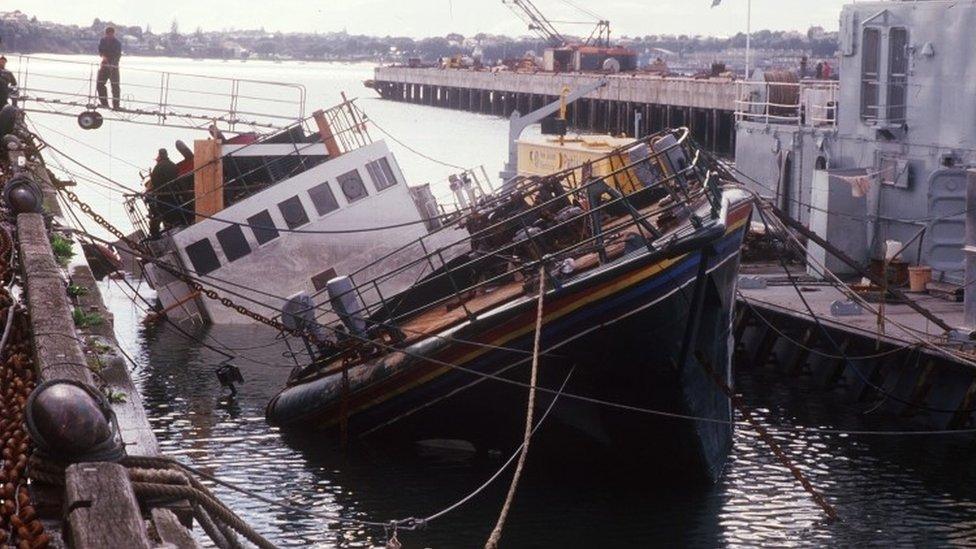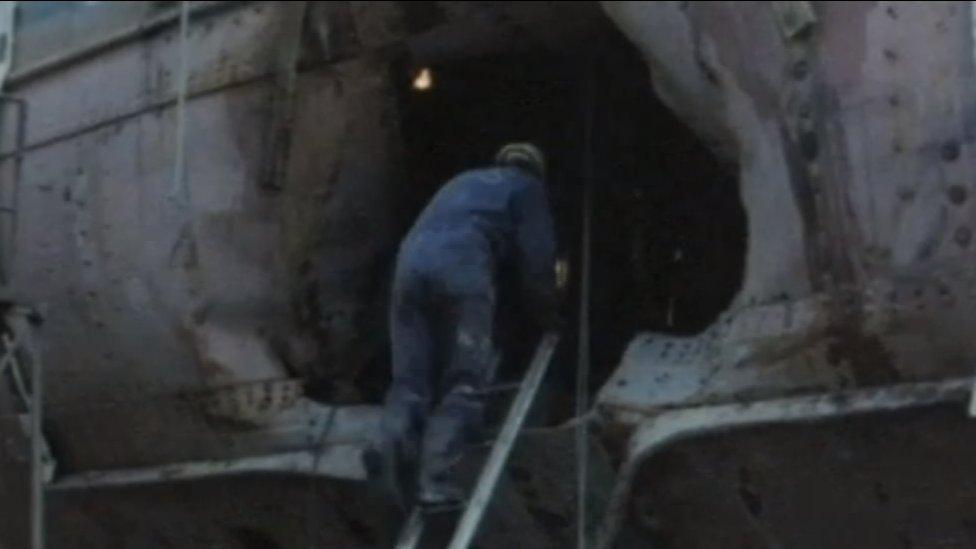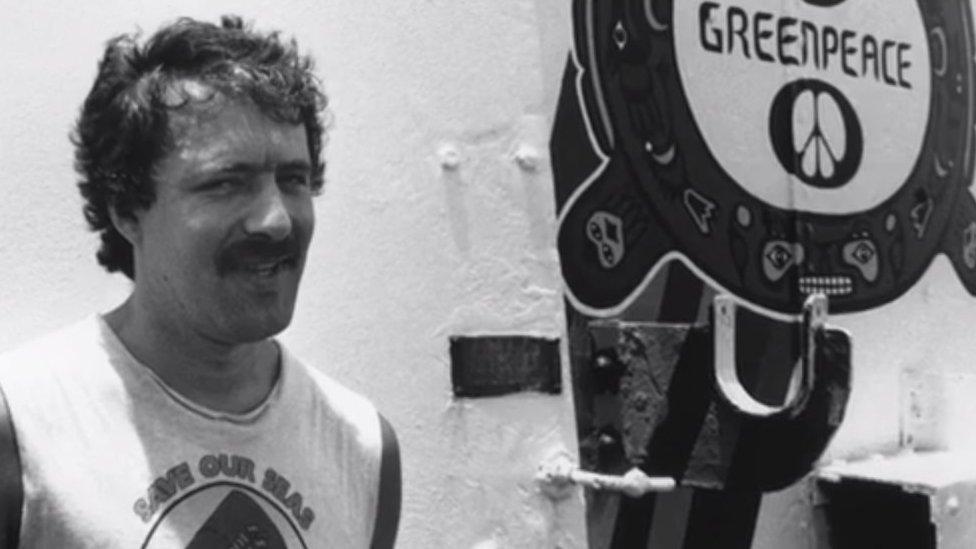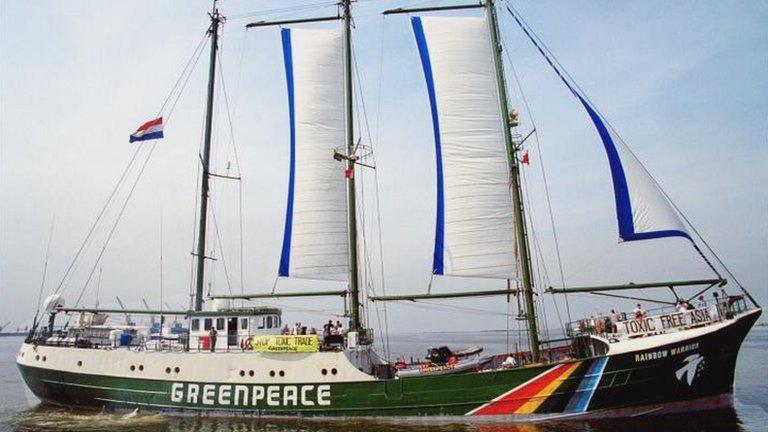New Zealand Greenpeace Rainbow Warrior bomber apologises
- Published

The French intelligence agent who led the deadly attack on the Greenpeace flagship Rainbow Warrior in New Zealand 30 years ago has for the first time apologised for his actions.
Jean-Luc Kister told the TVNZ station that the action "resulted in the accidental death of an innocent man", photographer Fernando Pereira.
Greenpeace called for a Paris street to be named after Mr Pereira.
The ship was mined to stop Greenpeace protests against French nuclear tests.
The Rainbow Warrior on 10 July 1985 was due to sail to Mururoa atoll in French Polynesia where the tests were due to be conducted.
The BBC's Hugh Schofield in Paris says it was one of the most notorious acts of state sabotage.
Jean-Luc Kister told TVNZ his part in the operation was "a big, big failure"

The first of the two mines planted by Mr Kister punctured the hull of the Rainbow Warrior

Portuguese photographer Fernando Pereira drowned as a result of the mine blasts
The mines planted by Mr Kister, a naval frogman, sank the vessel in Auckland harbour, killing Mr Pereira.
Mr Kister told TVNZ's Sunday programme , externalthat it was not the aim of his team to kill anybody and that he wanted to say sorry to the family of Pereira, to Greenpeace members on board the vessel and to the people of New Zealand.
He said the destruction of the vessel was "disproportionate" and "an unfair, clandestine operation conducted in an allied, friendly and peaceful country".
"We had to obey orders, we were soldiers," he said.
Greenpeace said in a statement (in French), external that Mr Kister's apology "will not bring Fernando back but proves once again that our colleague was sacrificed in the name of a state interest that even one of the state's servants is calling into question".
Mr Kister was working as part of a 12-man team for France's DGSE spy agency at the time of the attack.
France has apologised and paid damages for the bombing and in 1996 stopped the nuclear testing that initiated the Greenpeace protest.
Only two agents have stood trial over the attack - Dominique Prieur and Alain Mafart. They were arrested in New Zealand after the attack and sentenced to 10 years in jail for manslaughter.
However, a settlement meant that they were transferred to a base in French Polynesia and were released within two years.
- Published8 July 2014
